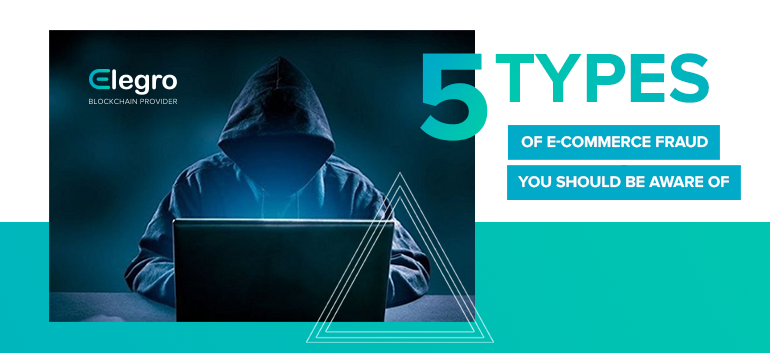E-commerce frauds examples you should be aware of

For sellers in e-commerce, frauds examples are pesky troublemakers tainting the atmosphere for running a successful business. Not least, data breaches caused by fraudulent schemes can result in huge money loss. As follows from a recent Javelin Strategy & Research study, $16 billion was lost to fraud in 2016 alone.
At the same time, fraud prevention still is a sort of easy-to-overlook responsibility for the bunch of online stores. Sure thing, the credit card companies can detect and stop credit card frauds that occur. On the other hand, any fraudulent charge that slips through the security system can easily turn into a disappointing chargeback for a business owner.
Know your enemy! Here we give you top five types of e-commerce fraud you should be aware of.

No Fancy e-commerce frauds examples
So called “classic e-commerce frauds examples” scheme is often used by “unsophisticated” scammers. Instead of getting their hands dirty, they buy stolen/cloned credit cards from the dark web. After that, they purchase items online and send them to re-shippers hoping to retrieve goods safely. To mask international IP, fraudsters rely on Internet proxies.
Validate your… e-commerce frauds examples
Card testing fraud stands for testing a legitimate credit card number validity with intent to use obtained data at another website. For frauds, scammers choose platforms revealing different response for various decline types. For instance, when a shop declines a card due to an incorrect expiration date, a relevant response is given. As a result, a fraudster gets the point: he/she needs to find a relevant expiration date. That type of fraud requires specific bots to get info and can ensure rapid success.
Capture and use
Account capturing occurs when fraudsters get hold of a legitimate customer’s login information and use it to buy goods in online stores. To retrieve stolen products, crooks rely on a shipping address update that occurs shortly before the purchase.
Your ID is mine
Identity theft is one of the most common fraud types you can face these days. A scammer steals another person’s identity to create a credit card under the victim’s name. The fake card can be useful for shopping. This type of fraud is one of the most bothering as it requires a special know-how to “copy” real card holder’s ID.
When a shopper turns into a fraudster
A chargeback fraud aka “friendly” scam generally occurs after the purchases‘ delivery. A “trusty” online shopper buys an item and then issues a chargeback claiming his/her credit card was stolen. This type of scam is quite difficult to detect and can be carried out by average consumers who want to get both money and goods. Luckily, you can win chargeback fraud via chargeback representing.

Comments